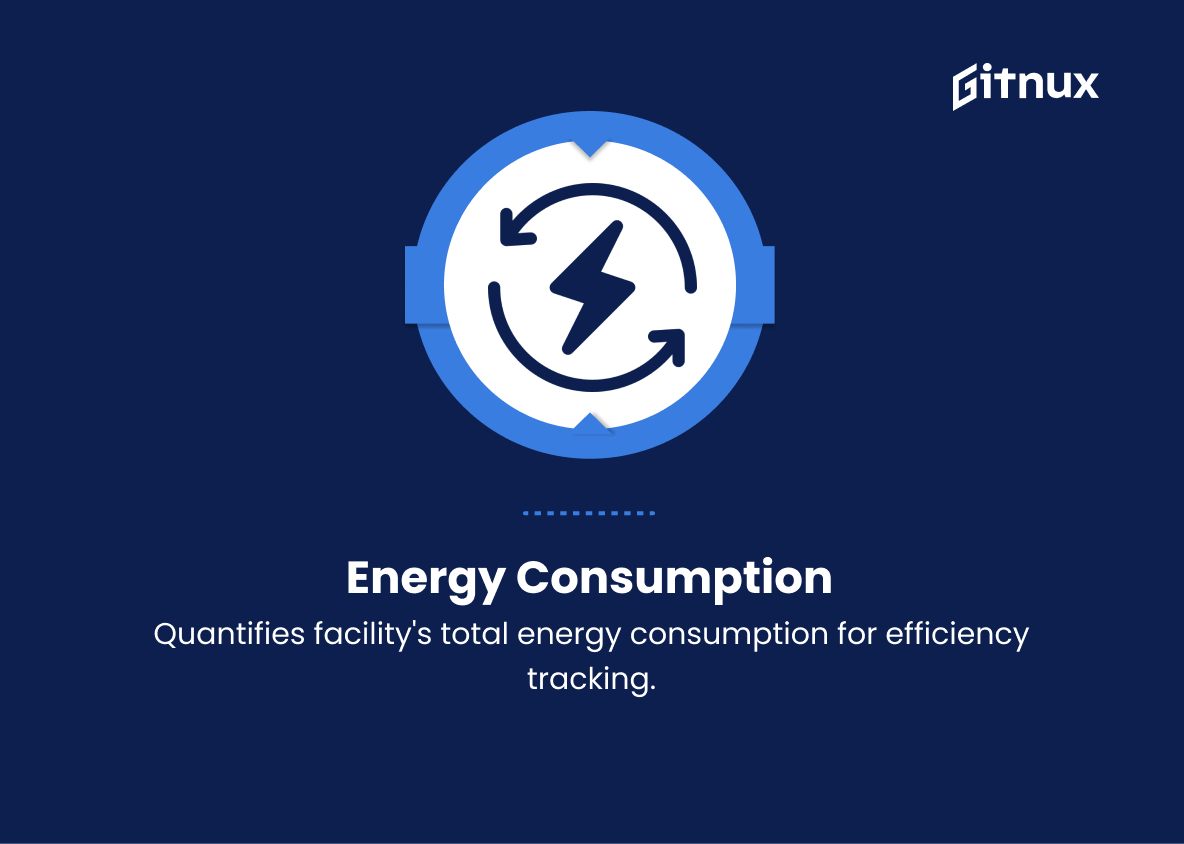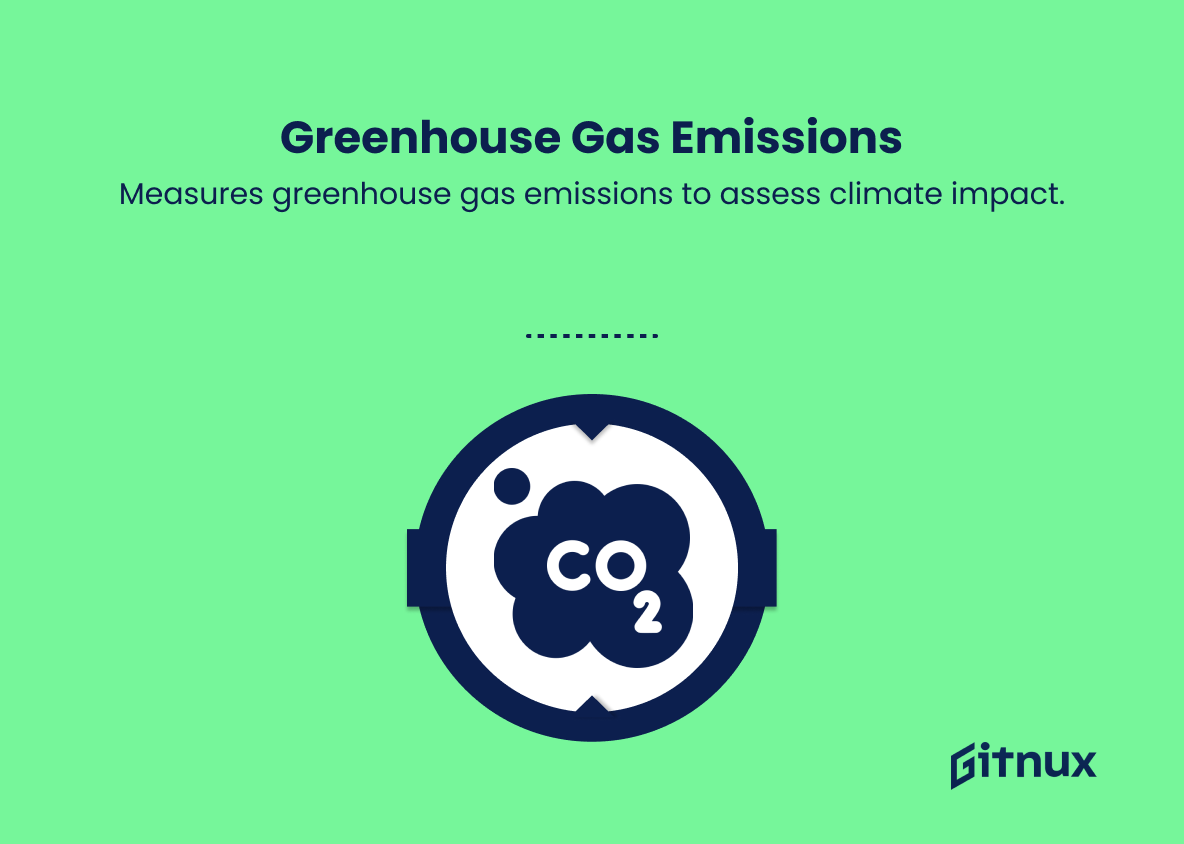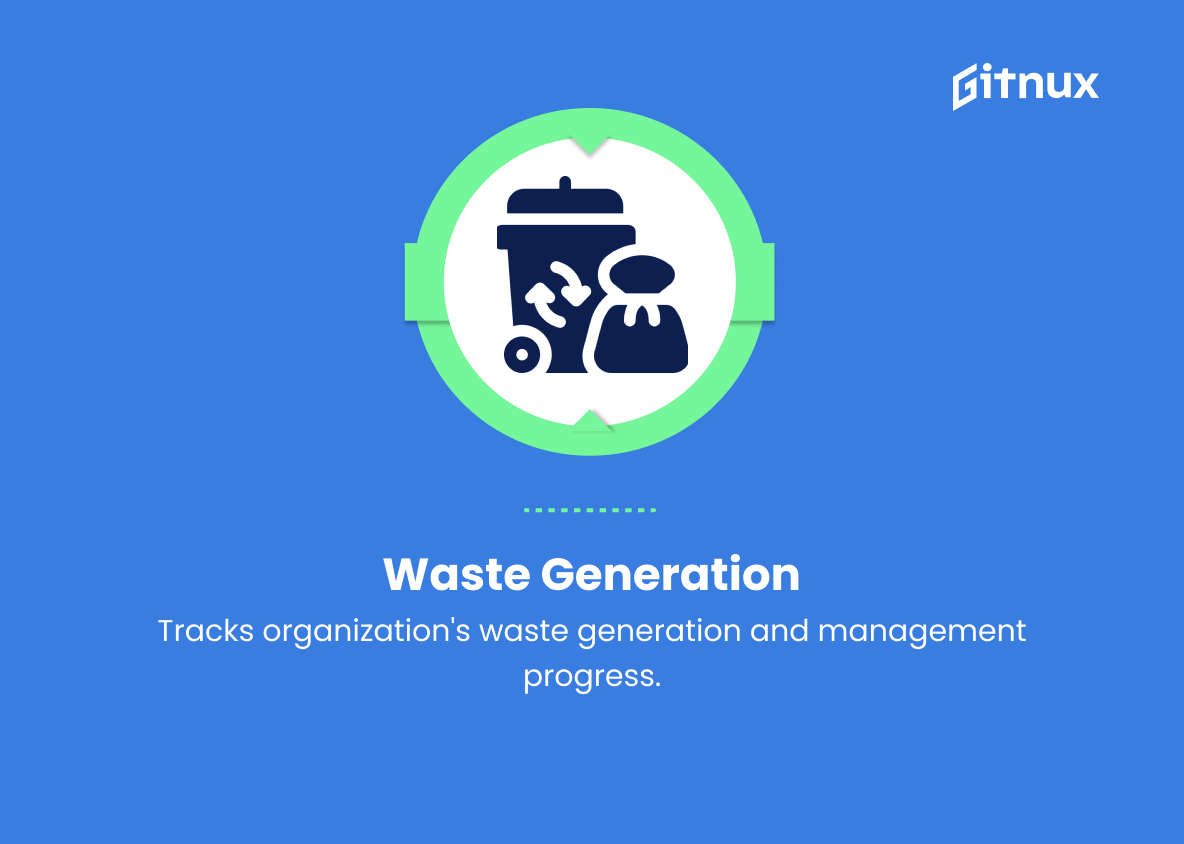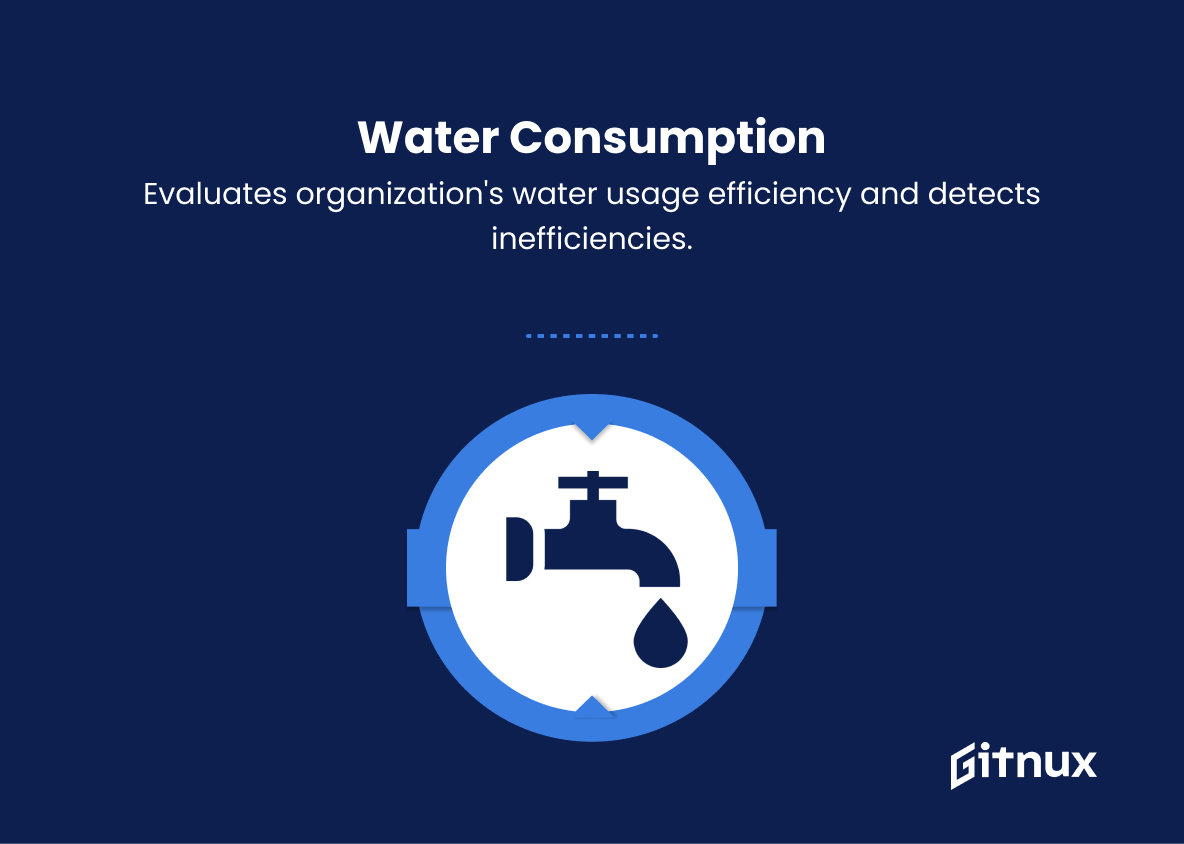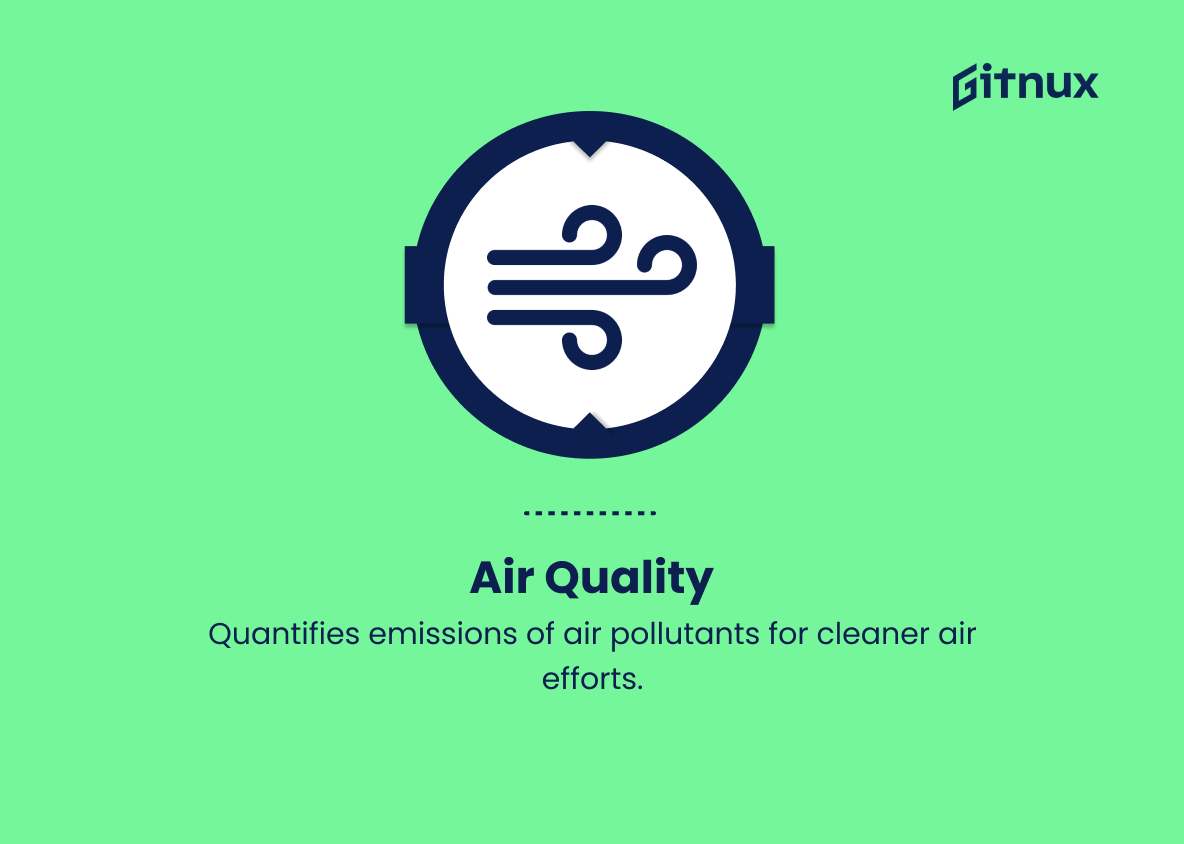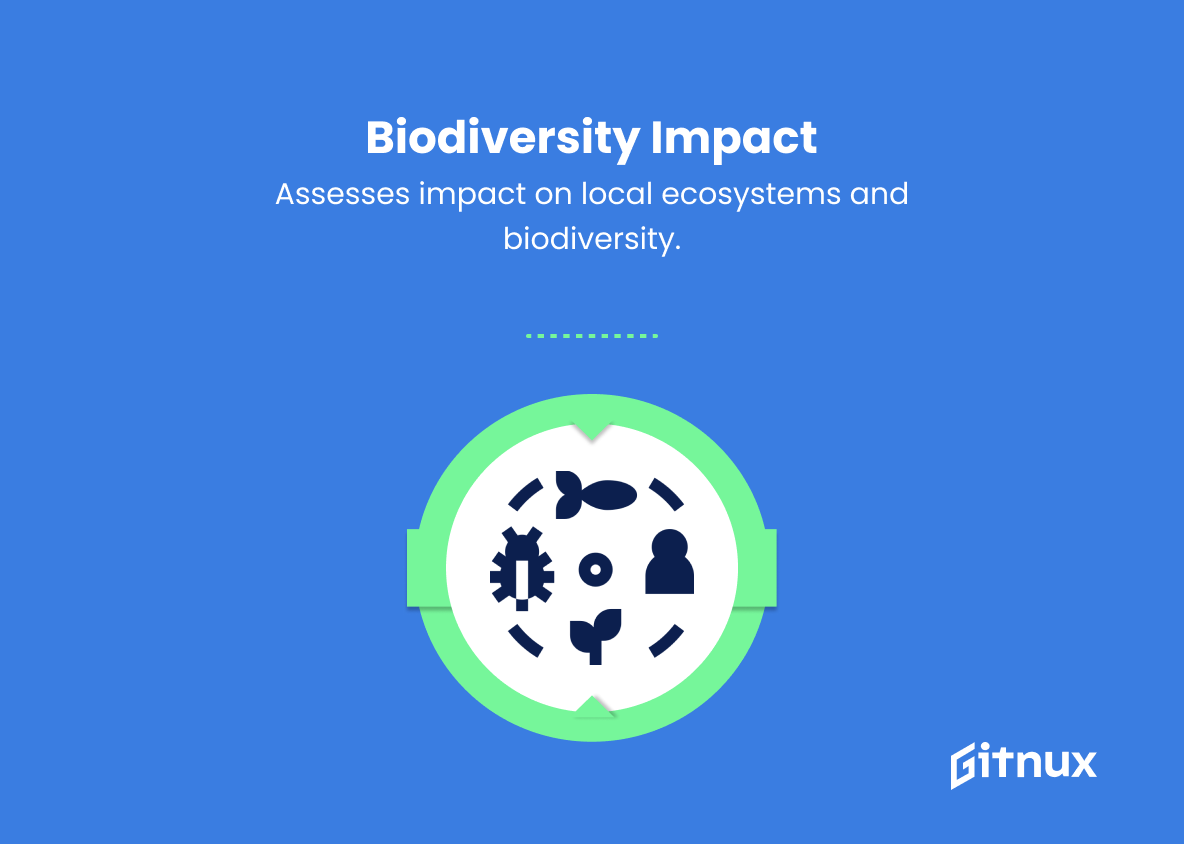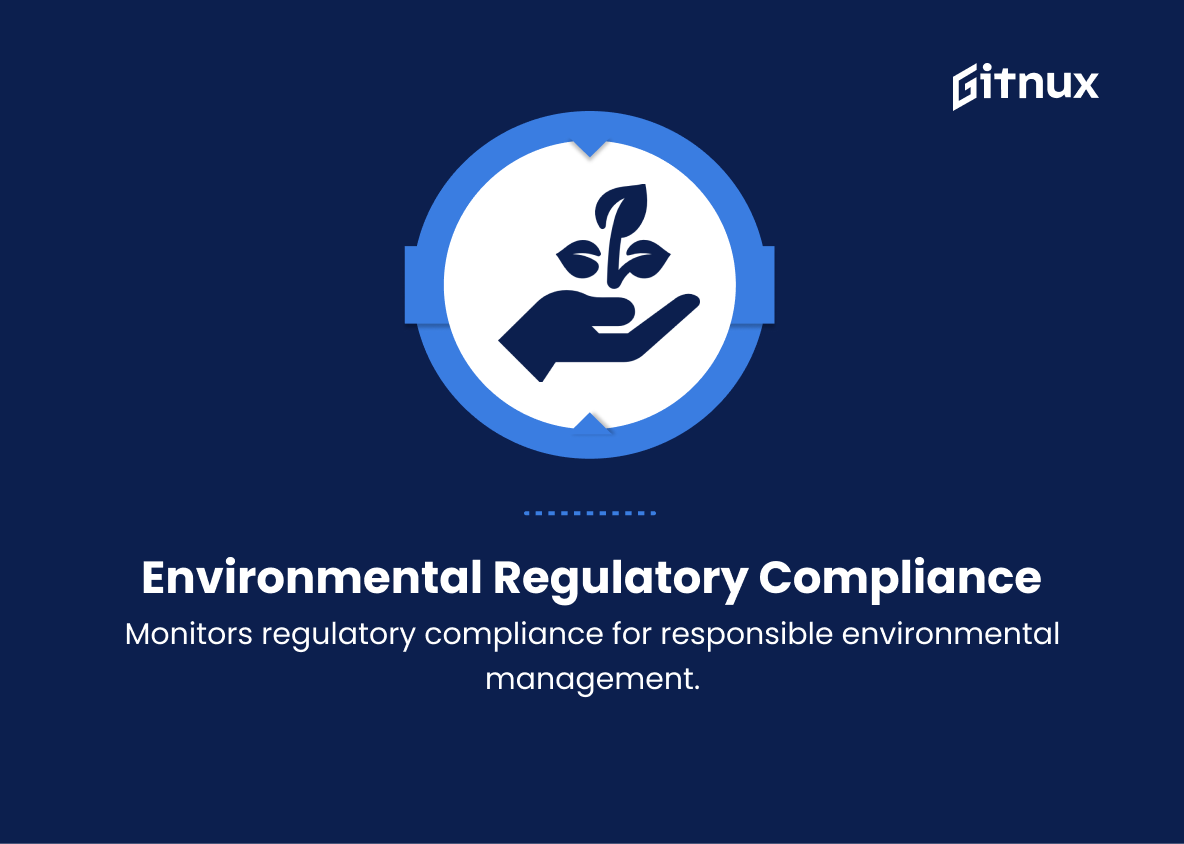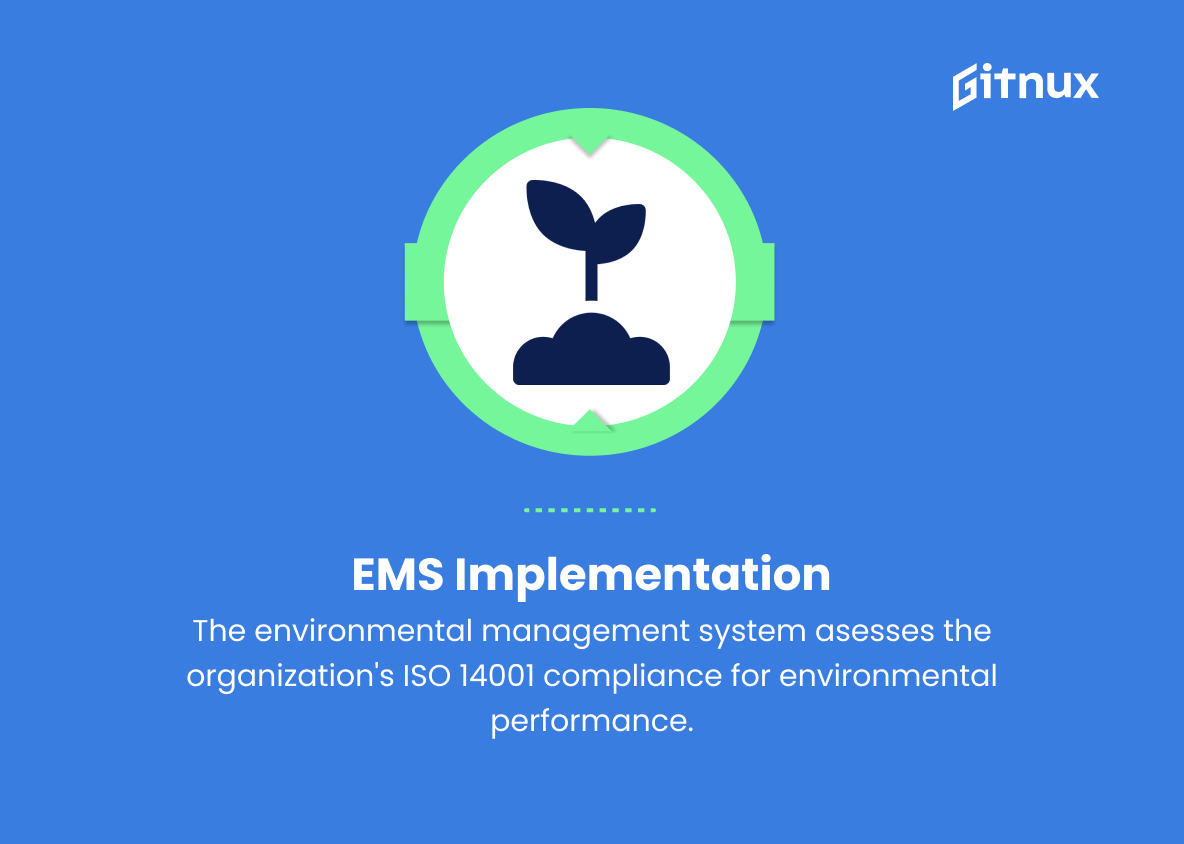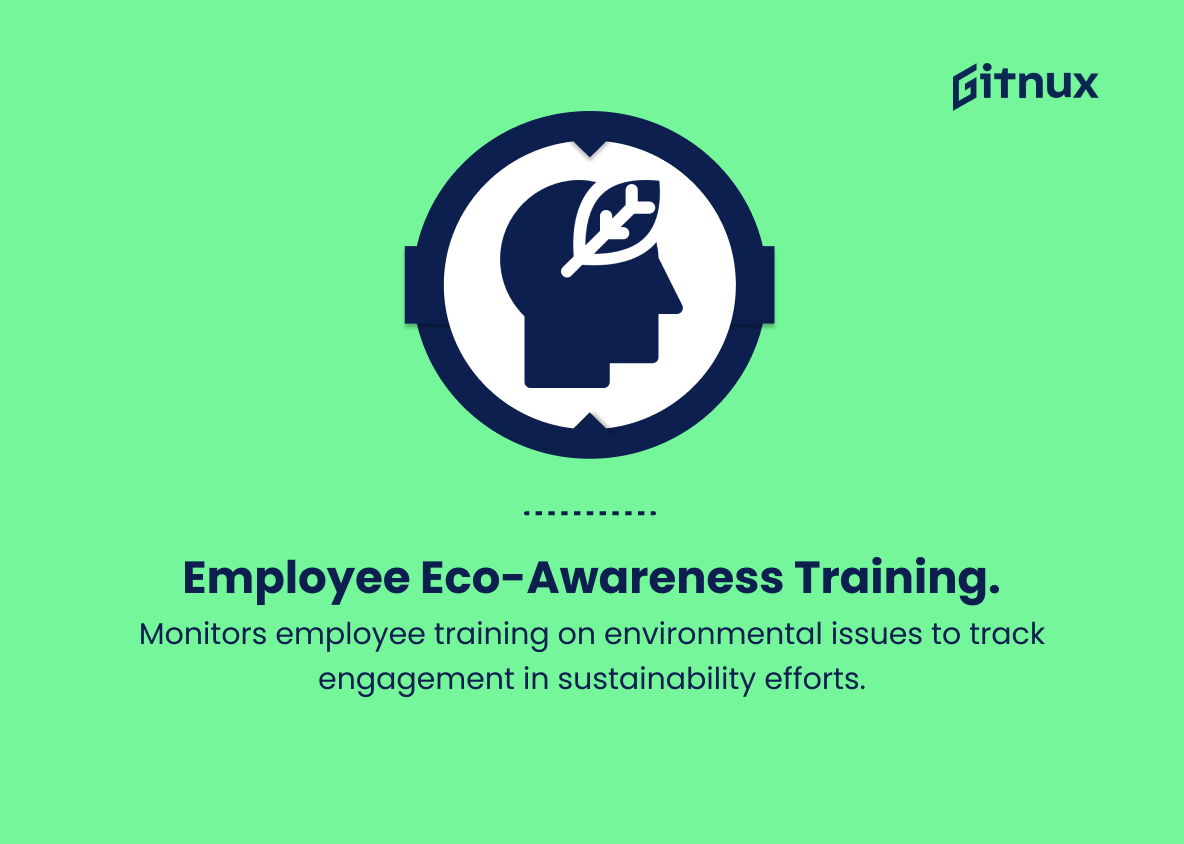In today’s rapidly evolving global landscape, the significance of sustainable development and environmental conservation has become paramount. As businesses and organizations worldwide strive to address these critical concerns, the implementation and monitoring of Environmental Key Performance Indicators (KPIs) have emerged as a crucial driver of positive change. These metrics serve to assess and guide the progress of a company’s environmental goals, while also fostering accountability and transparency in their operations.
In this comprehensive blog post, we delve into the importance of Environmental KPIs, explore their various categories, and discuss effective strategies to integrate them into your organization’s sustainability framework. Join us as we uncover the transformational power of Environmental KPIs in promoting a greener, more sustainable future.
Environmental KPIs You Should Know
1. Energy consumption
Measures the total energy used by a facility or operation, including electricity, natural gas, and other energy sources. This helps organizations to monitor their energy efficiency and efforts to conserve energy resources.
2. Greenhouse gas emissions
Quantifies the amount of greenhouse gases (like carbon dioxide, methane, and nitrous oxide) emitted by an organization. This KPI is crucial for assessing an organization’s contribution to climate change and evaluating efforts to reduce emissions.
3. Waste generation
Monitors the total volume or weight of waste produced by an organization, including solid waste, hazardous waste, and industrial waste. This KPI helps track waste management strategies and progress towards waste reduction goals.
In today’s rapidly evolving global landscape, the significance of sustainable development and environmental conservation has become paramount.4. Water consumption
Assesses the quantity of water used by an organization in all processes and operations. This KPI helps in monitoring water usage efficiency and detecting water leaks or inefficiencies.
5. Air quality
Measures levels of air pollutants emitted by an organization, such as particulate matter, sulfur dioxide, and nitrogen oxides. This KPI can help organizations identify sources of pollution and evaluate strategies for reducing emissions and improving local air quality.
6. Biodiversity impact
Evaluates the effects of an organization’s activities on local ecosystems, habitats, and species. This KPI can help organizations minimize their ecological footprint and incorporate biodiversity conservation efforts into their operations.
As businesses and organizations worldwide strive to address these critical concerns, the implementation and monitoring of Environmental Key Performance Indicators (KPIs) have emerged as a crucial driver of positive change.7. Environmental regulatory compliance
Tracks an organization’s compliance with local, national, and international environmental regulations and standards. This KPI is essential for minimizing legal risks and ensuring responsible environmental management.
8. Renewable energy usage
Specifies the percentage of energy consumed from renewable sources such as solar, wind, or hydropower. This KPI is useful for organizations aiming to reduce their dependence on fossil fuels and support sustainable energy solutions.
9. Environmental management system implementation
Measures the extent to which an organization has implemented an environmental management system (ISO 14001 or similar) to monitor, manage, and continually improve its environmental performance.
10. Material and resource efficiency
Assesses the efficiency of resource use within an organization, such as reusable materials, recycling processes, or reduced packaging. This KPI supports organizations in minimizing their environmental impact through sustainable resource management practices.
11. Employee environmental training and awareness
Monitors the extent to which employees receive training and education on environmental issues, such as waste reduction, energy conservation, or pollution prevention. This KPI can help organizations track employee engagement in environmental sustainability efforts.
12. Eco-friendly product development
Measures the effectiveness of an organization’s efforts towards developing products or services designed to minimize environmental impact or promote sustainability. This KPI can help companies monitor their progress in contributing to a more sustainable economy.
Environmental KPIs Explained
Environmental KPIs are crucial for evaluating an organization’s environmental performance and sustainability efforts. They help organizations monitor energy consumption, reduce greenhouse gas emissions, manage waste generation, observe water consumption patterns, and enhance air quality. These KPIs also contribute to the preservation of biodiversity, ensuring environmental regulatory compliance, and promoting renewable energy usage. Furthermore, they aid in implementing effective environmental management systems and increasing material and resource efficiency.
Employee engagement in environmental training and awareness programs helps drive sustainability initiatives throughout the organization, and the development of eco-friendly products contributes to a more sustainable economy. Overall, these KPIs provide a comprehensive overview of an organization’s environmental impact, allowing them to optimize their operations and strive for a greener future.
Conclusion
In summary, Environmental KPIs are indispensable tools for organizations, governments, and individuals to measure, track, and improve their environmental performance. Implementing and monitoring these KPIs not only helps to ensure compliance with environmental regulations but also identifies opportunities to reduce resource consumption, minimize waste, and lower greenhouse gas emissions.
By prioritizing the selection and management of Environmental KPIs, we can collectively work towards a sustainable future where economic development and environmental preservation go hand in hand. As our world continues to grapple with the consequences of environmental degradation and climate change, embracing and understanding the importance of Environmental KPIs has never been more critical.
